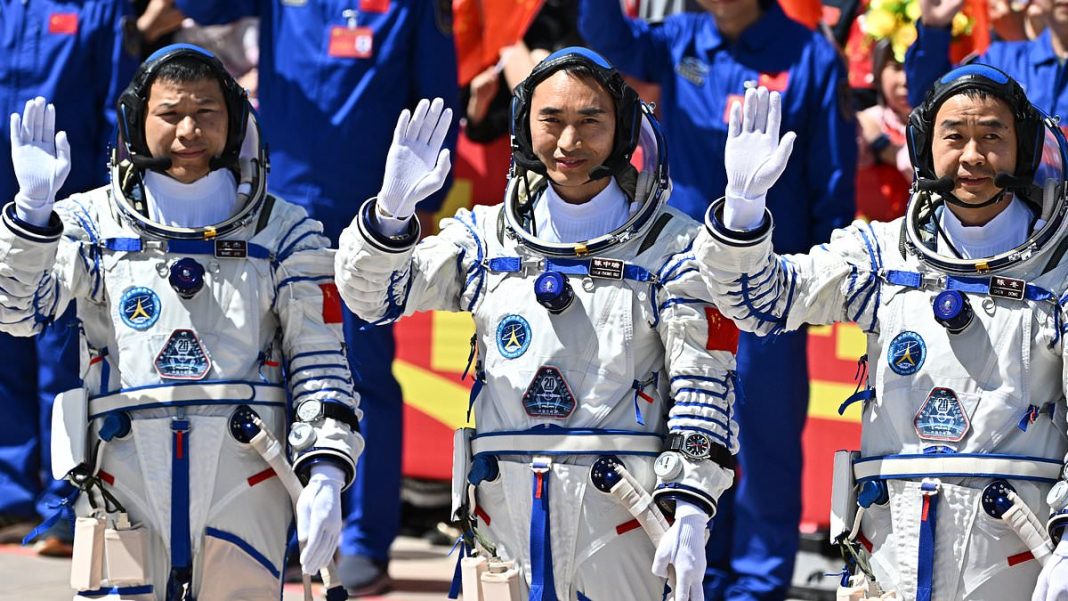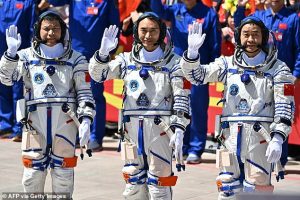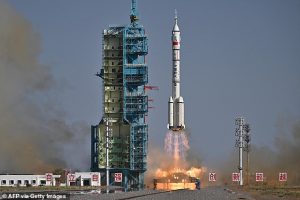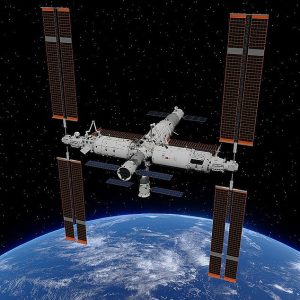Astronauts Stranded in Space After Suspected Space Debris Damage
Key Takeaways
- Three Chinese astronauts stranded on Tiangong space station for 6+ months
- Return capsule damaged by suspected space debris collision
- Joint inspection underway by Shenzhou 20 and 21 crews
- No timeline provided for repairs or return to Earth
Three Chinese astronauts face an extended stay in orbit after their return capsule was potentially damaged by space debris. The Shenzhou 20 crew, who have been aboard the Tiangong space station since April, cannot return home until their spacecraft undergoes thorough safety checks.
China’s Manned Spaceflight Agency (CMSA) confirmed the situation but hasn’t disclosed a return timeline. The damage occurred before the crew handover to Shenzhou 21 astronauts on November 5.
The Incident and Immediate Response
An unknown object struck the Shenzhou 20 capsule while it was docked at the Tiangong station. The collision left visible marks on the spacecraft’s exterior, raising concerns about potential internal damage that could compromise the crew’s safe return.
Both the current Shenzhou 20 crew and their recently arrived Shenzhou 21 replacements are now conducting joint inspections of the damaged capsule. The assessment will determine what repairs are needed before the spacecraft can be certified safe for re-entry.
The Growing Space Debris Threat
Space officials suspect orbital debris caused the damage. This floating junk includes fragments from old satellites, discarded rocket parts, and even tools dropped during spacewalks.
The danger comes from extreme velocities – debris in low Earth orbit travels at approximately 17,000 mph. At these speeds, even small particles carry destructive force similar to bullets.
Currently, the US tracks about 19,000 pieces of space debris, but NASA estimates over half a million smaller pieces remain undetectable with current technology.
CMSA officials stated: “The impact analysis and risk assessment are underway,” though they provided no timeline for completing the inspection and repair process.
Historical Precedents of Space Debris Collisions
This isn’t the first instance of space debris damaging occupied spacecraft. Both Russia’s Mir station and the International Space Station have sustained multiple impacts throughout their operational histories.
Notable incidents include:
- 2021: Space debris punctured the ISS robotic arm
- 2022: Unknown object damaged a docked Russian Soyuz spacecraft, causing coolant leakage
- 1980s-1990s: Mir station repeatedly struck by small debris particles
The current situation marks the second astronaut stranding this year, following NASA’s Butch Wilmore and Suni Williams’ extended stay on the ISS seven months ago.
For the Shenzhou 20 crew, contingency plans remain undisclosed if their capsule proves irreparable. The Shenzhou 21 mission continues as planned with its six-month duration on the Chinese-only space station.







